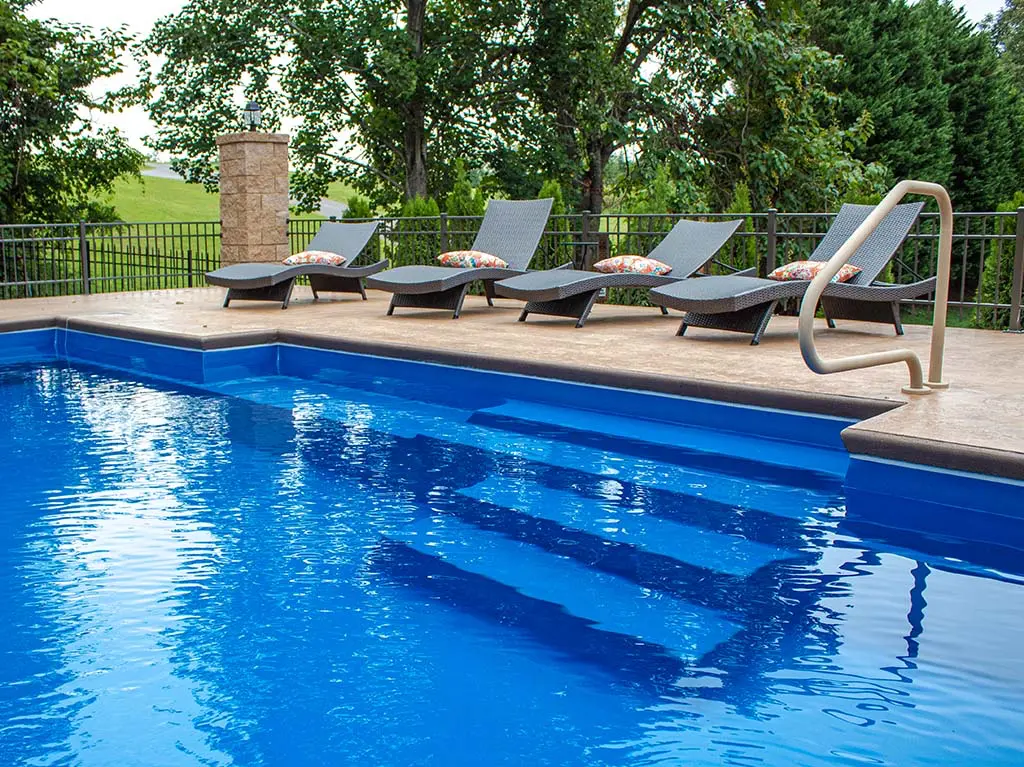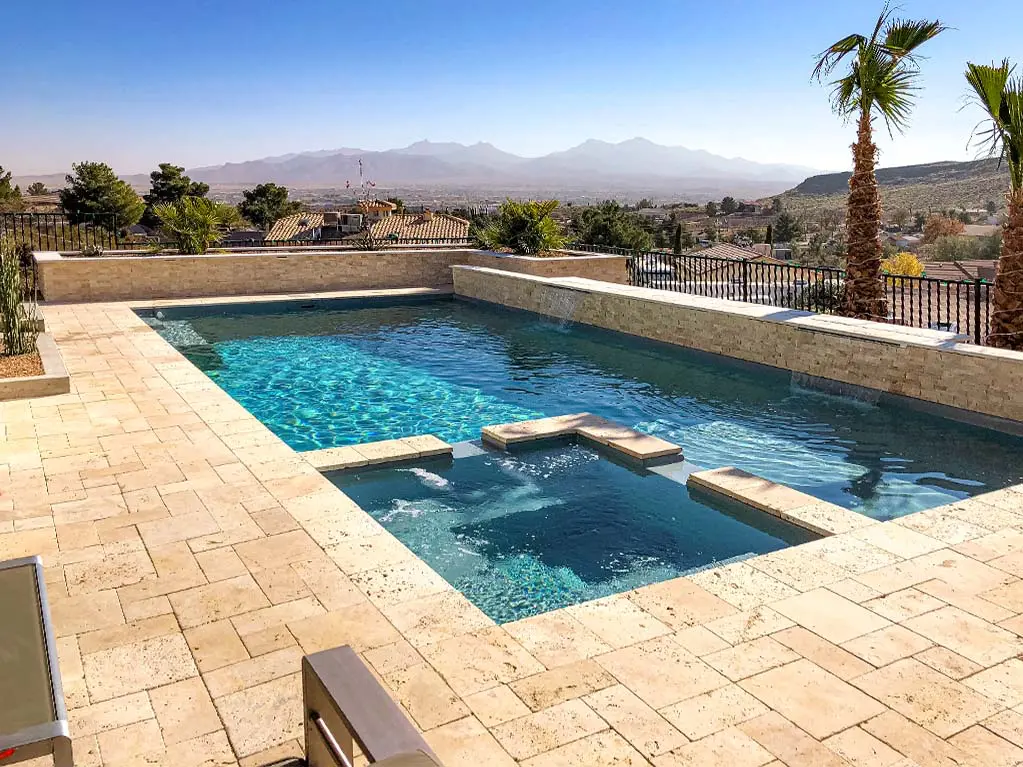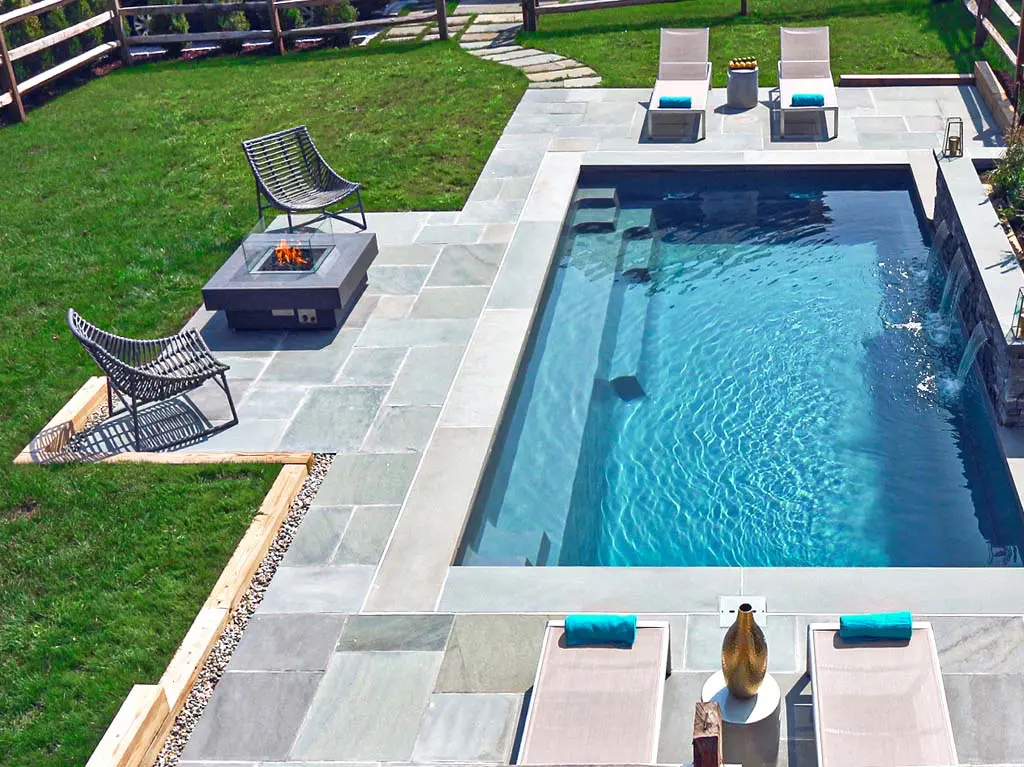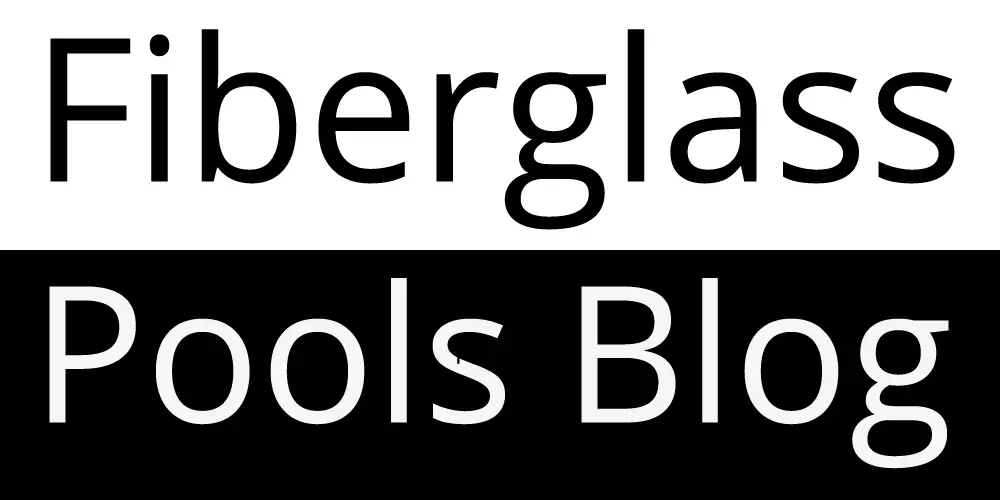Pool coping, the crucial material positioned atop the pool wall, delineates the boundary between the pool's shell and its surrounding deck or landscape. Its role extends beyond mere aesthetics; it is integral in shielding the pool structure from potential moisture damage, ensuring longevity and structural integrity.
In This Article:
Understanding the Role of Pool Coping
Pool coping serves a dual purpose: aesthetically, it caps the pool edge, enhancing the visual flow from the pool to the surrounding patio or deck. Practically, it acts as a protective barrier, preventing water from seeping behind the pool's walls and causing damage. The choice of materials for pool coping is vast, ranging from poured concrete and natural stone pavers to tiles, each offering unique benefits and characteristics. This selection is pivotal in maintaining the pool's appearance and functionality.
For those with fiberglass pools, selecting the right coping after installation is paramount. Given the array of options available, each brings its own set of benefits to the table. It's crucial for fiberglass pools to have concrete laid around their perimeter, not only to anchor the pool securely but also to provide a solid base for the coping material.
Leading Coping Choices for Fiberglass Pools



Poured Concrete Coping
A prevalent method involves pouring concrete to align flush with the pool's rim, exposing the shell's upper edge. While this method is straightforward and cost-effective, its aesthetic appeal may be lacking.
Cantilevered Concrete Coping
This type of coping offers an elegant finish, with its seamless design and affordability making it a favorite among fiberglass pool owners. Achieving this look requires expertise, as the concrete is poured to extend over the pool's edge, finishing with a rounded, convex edge. The cost effectiveness of cantilevered concrete coping, typically ranging from $6-$10 per linear foot, underscores its popularity for those seeking a refined edge without breaking the bank.
Paver Coping
Constructed from concrete with a bull-nosed edge, pavers offer a meticulously crafted look. They're installed over a mortar bed or directly bonded to the pool's shell, allowing for enhanced installation quality and a consistent appearance. As a premium coping option, paver coping costs between $40 and $50 per linear foot.
Travertine Coping
Known for its cool touch and slip-resistant properties, travertine is a luxurious natural stone that adds elegance to the pool's edge. Its dense composition and marble-like look pair perfectly with travertine pavers for a harmonious patio and pool design. The investment for travertine coping falls around $45-$55 per linear foot.
Bluestone Coping
Bluestone's non-slip surface and high-quality appearance make it a sought-after material for pool coping. Its natural variance in color ensures each installation is unique, beautifully complementing the pool and deck materials. The cost of bluestone coping is comparable to that of travertine.
Concluding Thoughts on Pool Coping Selection
Choosing the right pool coping is a balance between aesthetic desires, budget constraints, and lifestyle needs. It's the linchpin that visually and functionally connects your pool to its surroundings.
For personalized advice on selecting coping for your fiberglass pool, consulting a specialist is invaluable. Leisure Pools, for example, offers expert guidance to ensure your pool coping not only meets your visual expectations but also enhances your outdoor living space. For further assistance, reaching out to your local fiberglass pool dealer can provide you with the insights needed to make an informed decision, ensuring your pool area is both stunning and structurally sound.
By carefully considering your options and consulting with professionals, you can select the perfect coping for your fiberglass pool, elevating your backyard into a cohesive and inviting retreat.
